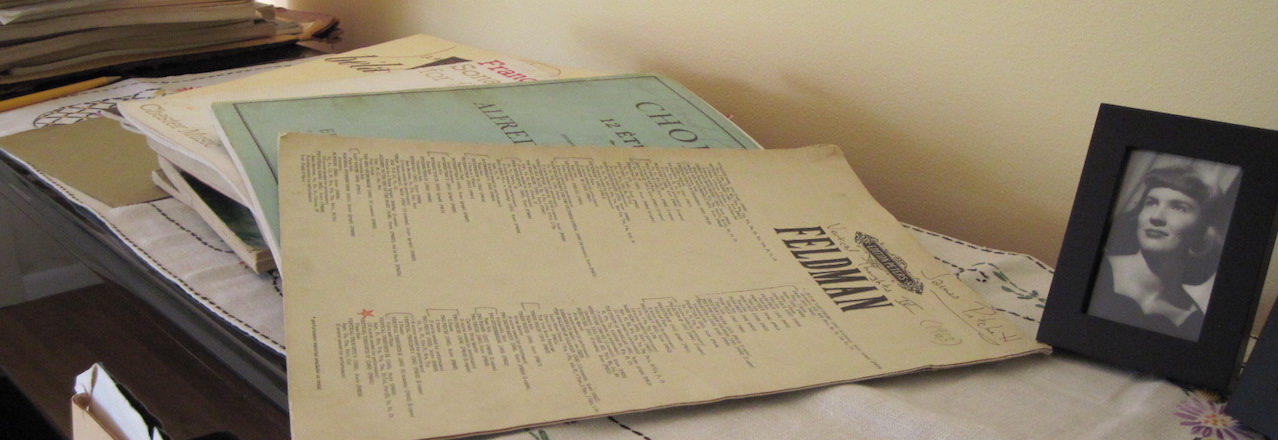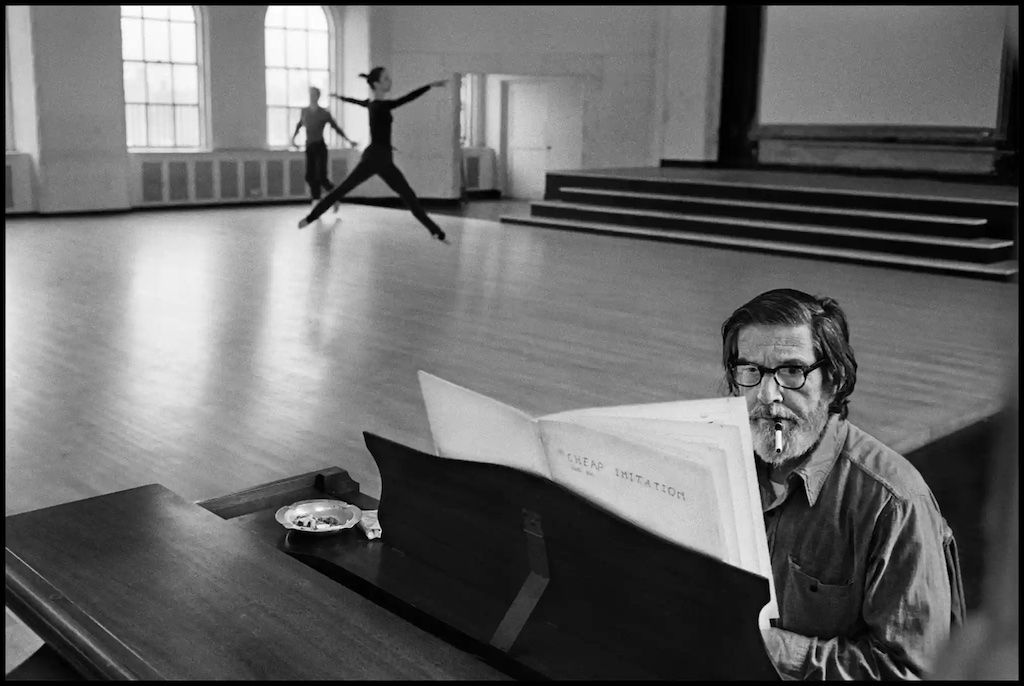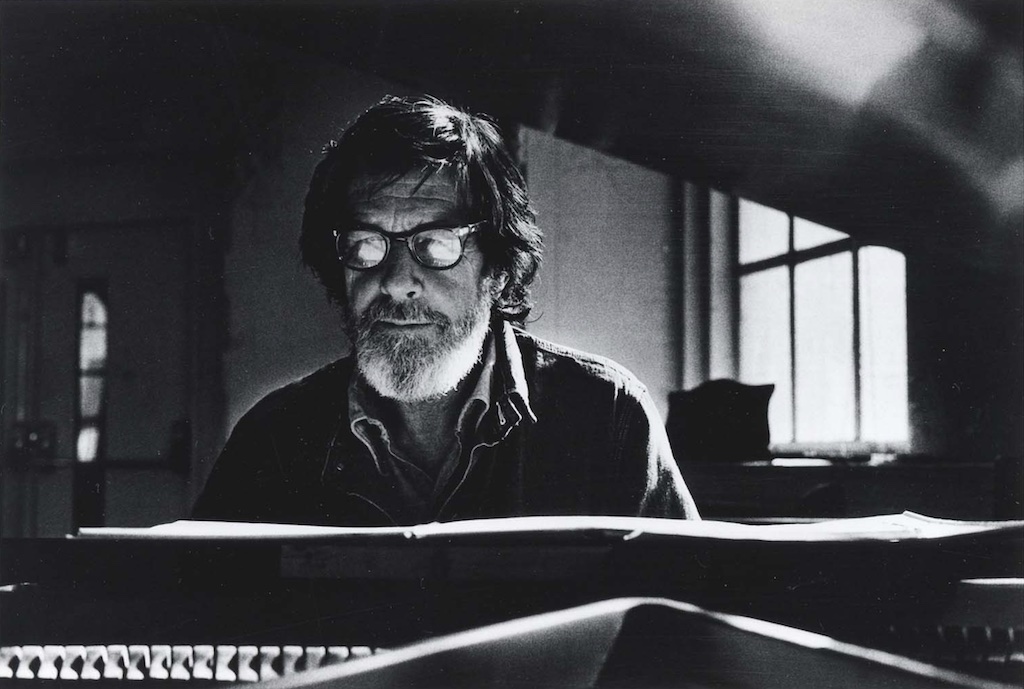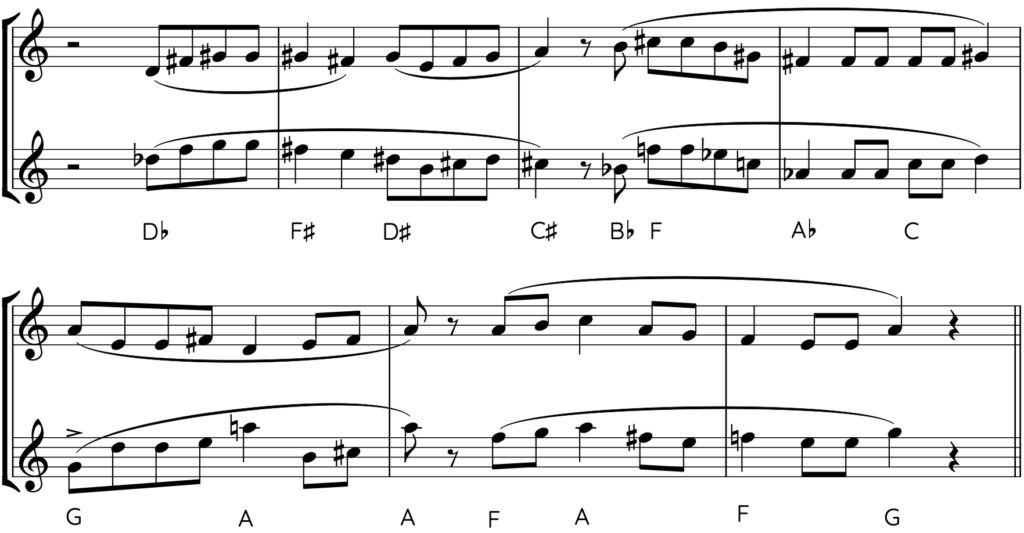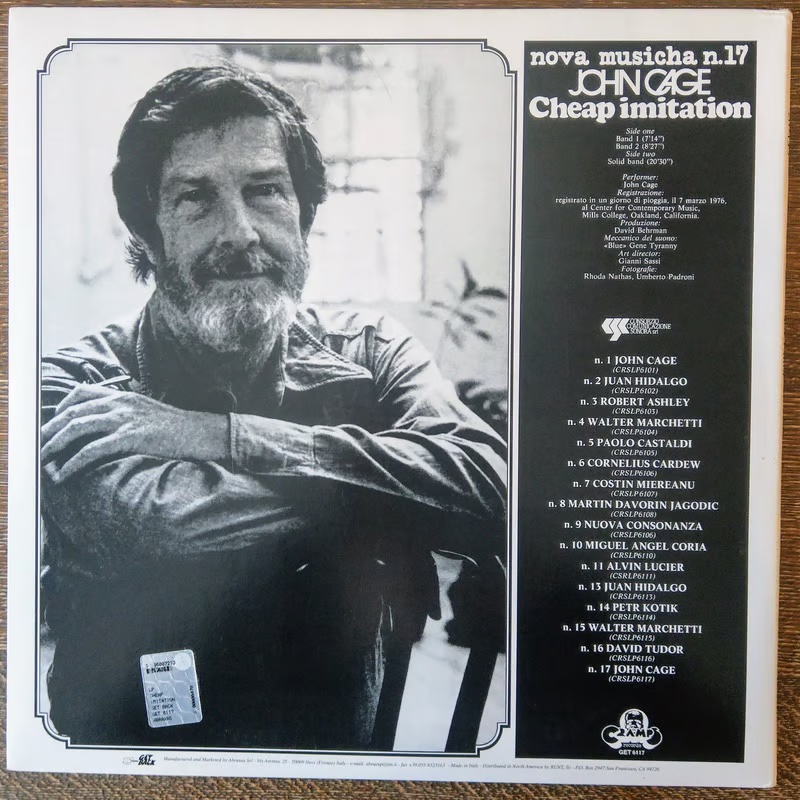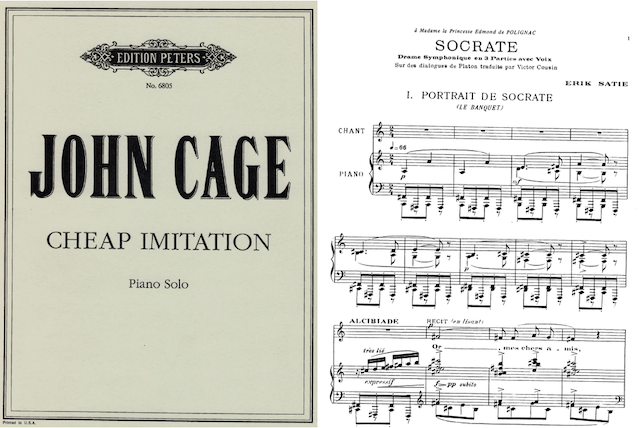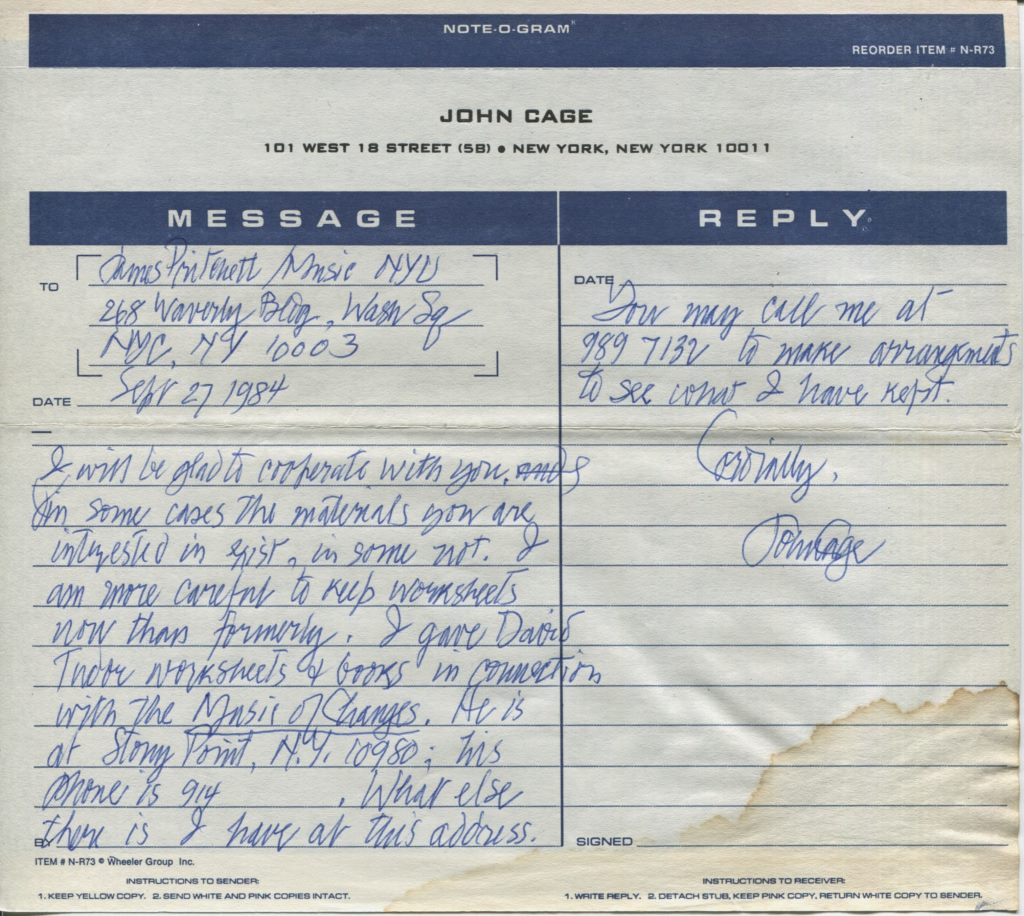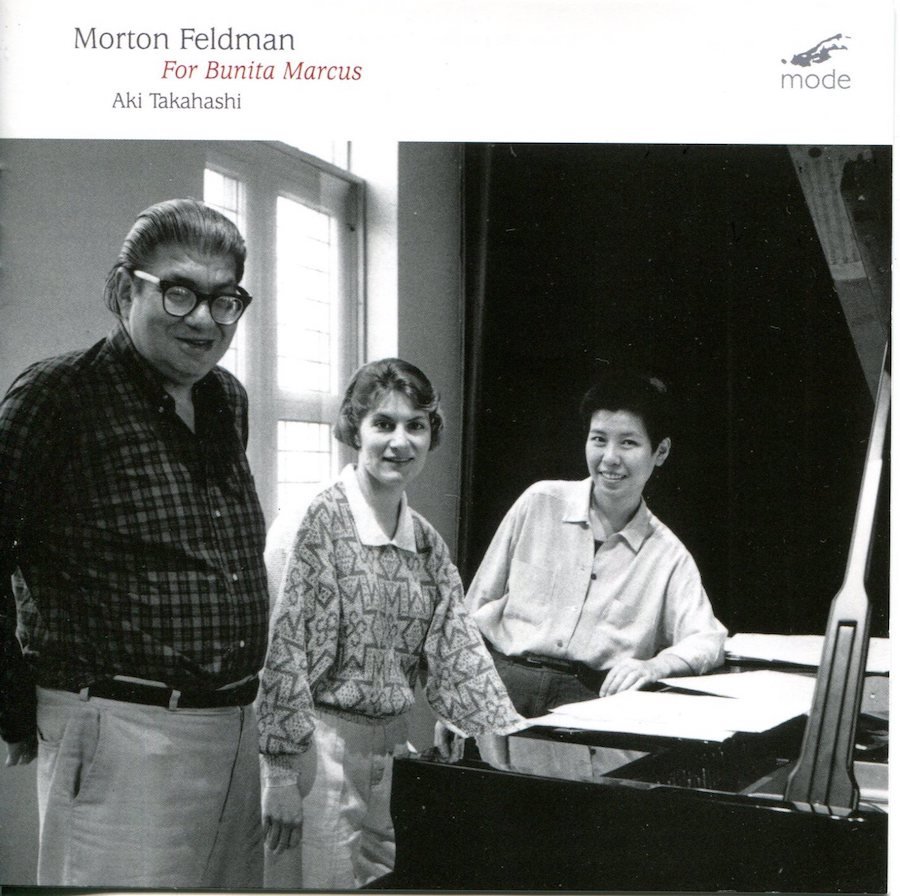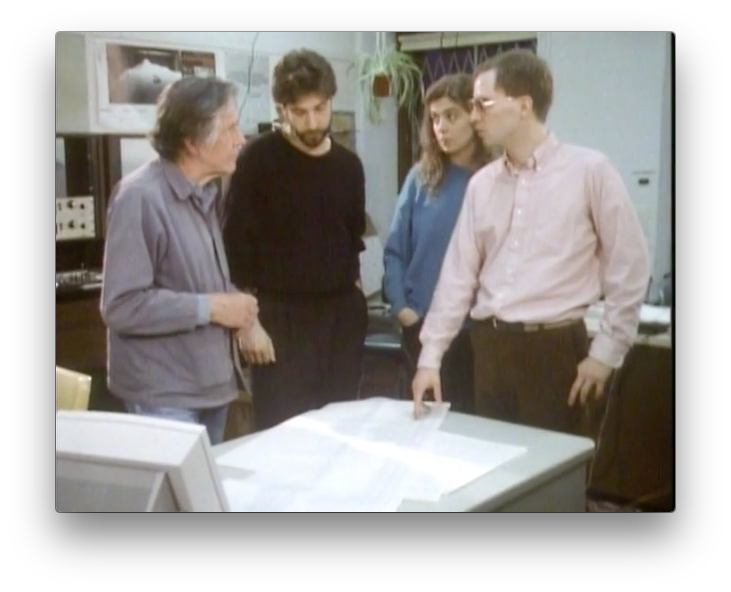Satie, Cunningham, and the meaning of Cage’s Cheap Imitation
I look more closely at Satie’s “Socrate” and Cunningham’s “Second Hand” to see how they relate to the compositional decisions that Cage made in “Cheap imitation.”
Satie, Cunningham, and the meaning of Cage’s Cheap Imitation Read More »
